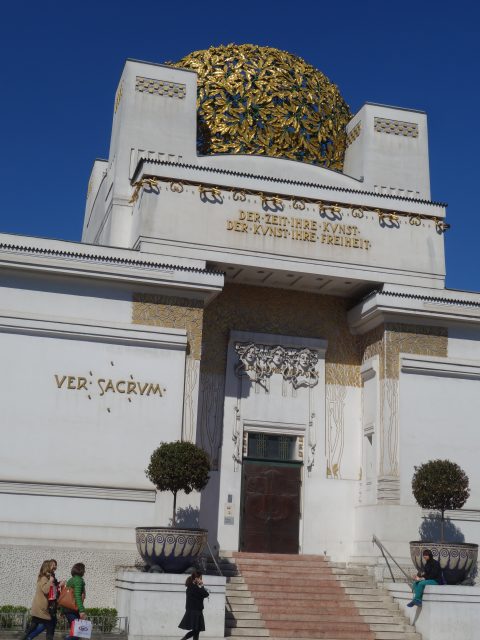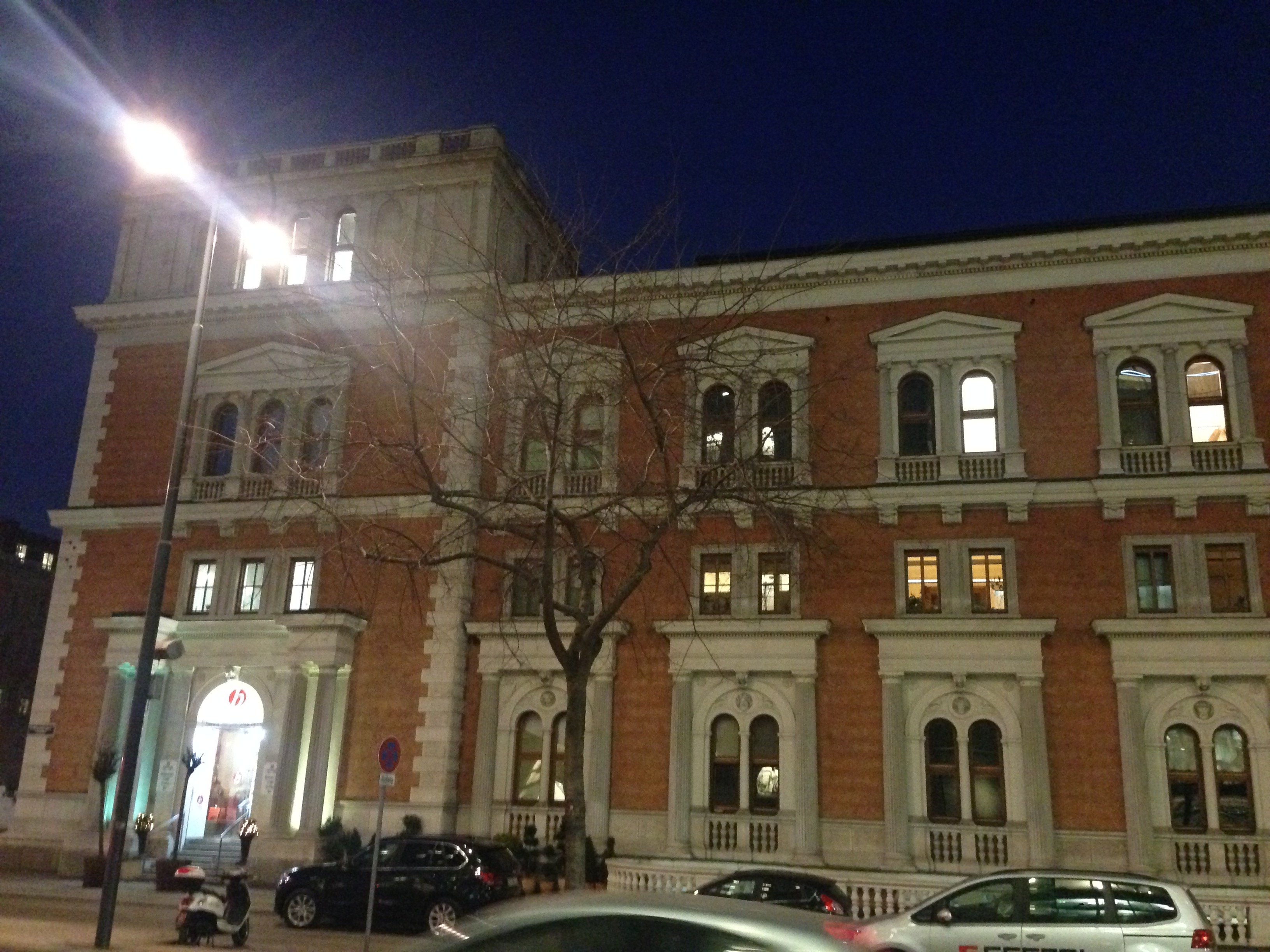FIN-DE-SIECLE CULTURE IN VIENNA AROUND 1900

Vienna Secession, architect: Joseph Maria Olbrich 1898
In most fields of intellectual activity, the early 20th century Europe proudly asserted its independence of the past. The modern mind was growing indifferent to history because history, conceived as a continuous nourishing tradition, seemed useless to it. The sharp break from the tie with the past could be seen as involving generational rebellion against parents and a search for new self-definitions. Emergent “modernism” tended to take the specific form of a “reshuffling of the self”. Here historical change not only forced upon the individual a search for a new identity, but also imposesd upon whole social groups the task of revising or replacing defunct belief systems. The attempt to shake off the shackles of history paradoxically speeded up the process of history, for indifference to any relationship with the past liberates the imagination to proliferate new forms and new constructs. Thus complex changes appeared where once continuity reigned. Vienna around 1900 with its acutely felt tremors of social and political disintegration, proved one of the most fertile breeding grounds of the 20th century’s a-historical culture. Its great intellectual innovators – in music, art and philosophy, in economics and architecture, and, of course, in psychoanalysis – all broke, more or less deliberately, their ties to the historical outlook central to the 19th century liberal culture in which they had been reared. This secession from liberalism grasped a social-psychological reality that the liberals could not see. This intellectual development in Vienna constituted part of the wider cultural revolution that ushered in the 20th century.
The era of political ascendancy of the liberal middle class in Austria began later than elsewhere in Western Europe and entered earlier than elsewhere into a deep crisis. Actual constitutional government lasted only about four decades before its defeat and the whole process took place in a temporal compression unknown elsewhere in Europe. In France this process gradually started in 1848 and lasted until World War I, in Austria however modern movements appeared in most fields in the 1890s and were fully matured two decades later. Thus the growth of a new culture seemed to take place as in a hothouse, with political crisis providing the heat. Austria became, as the poet Hebbel, said “the little world in which the big one holds its try-outs.” In Vienna, contrary to Paris, London or Berlin, until about 1900 the cohesiveness of the whole social elite was very strong. The salon and the cafe retained their vitality as institutions where intellectuals of different kinds shared ideas and values with each other and still mingled with a business and professional elite proud of its humanistic education and artistic culture. The development of an avant-garde subculture, detached from the political and social values of the upper middle class, came later in Vienna, though it was perhaps swifter and more self-confident. Most of the pioneering generation of culture-makers were alienated along with their class in its exclusion from political power, not against it as a ruling class. Only in the last decade before World War I does there appear alienation of the intellectual from the whole society.
…

